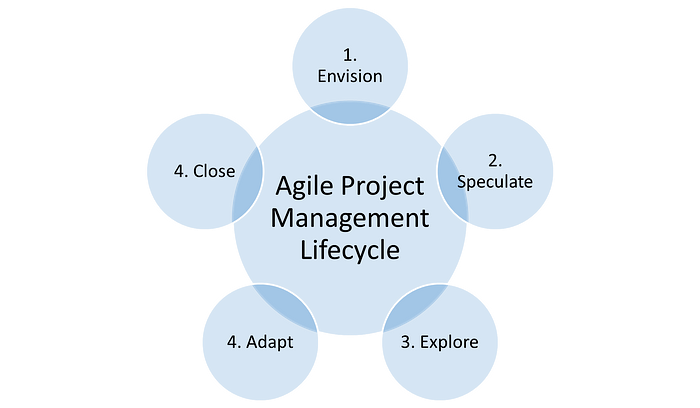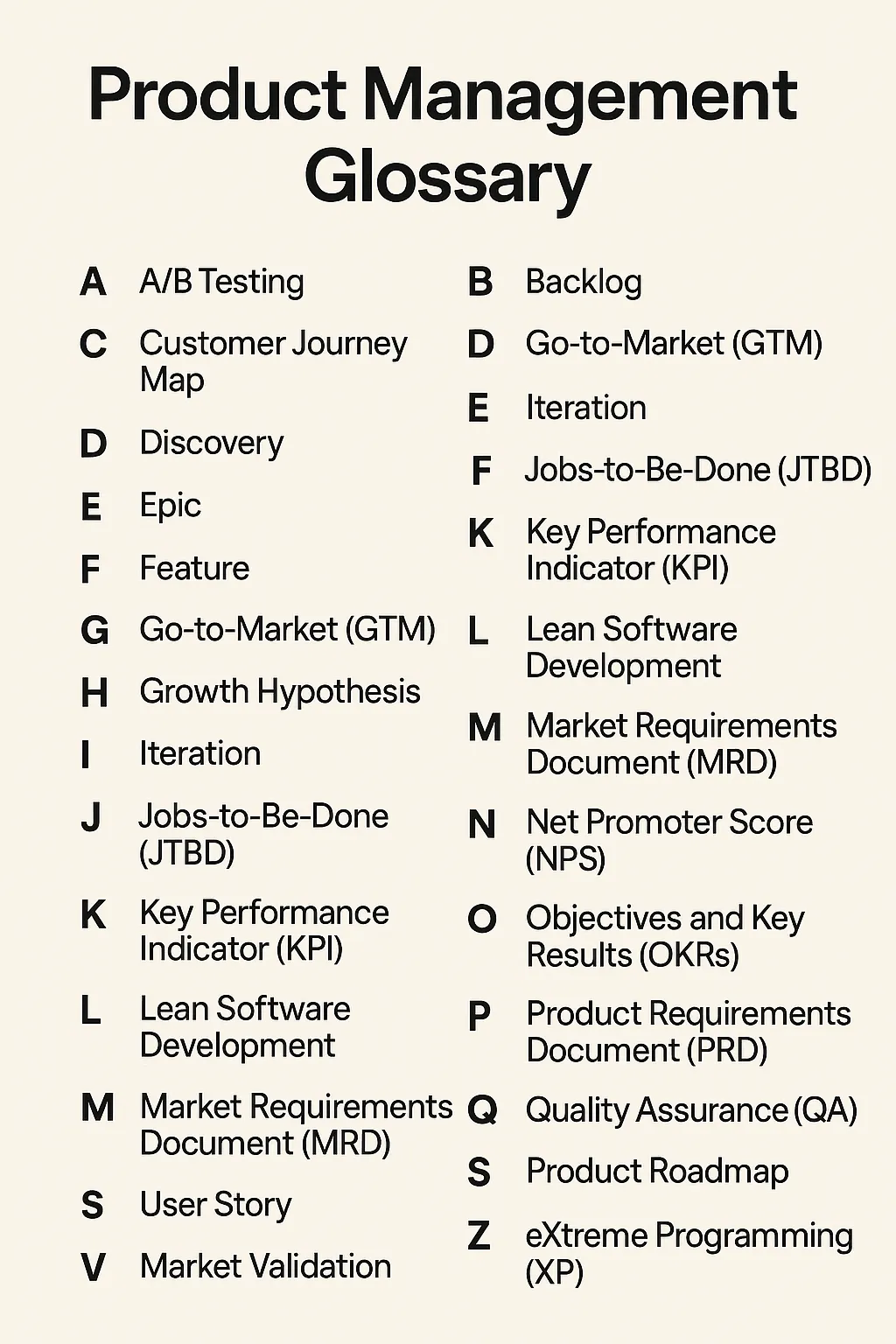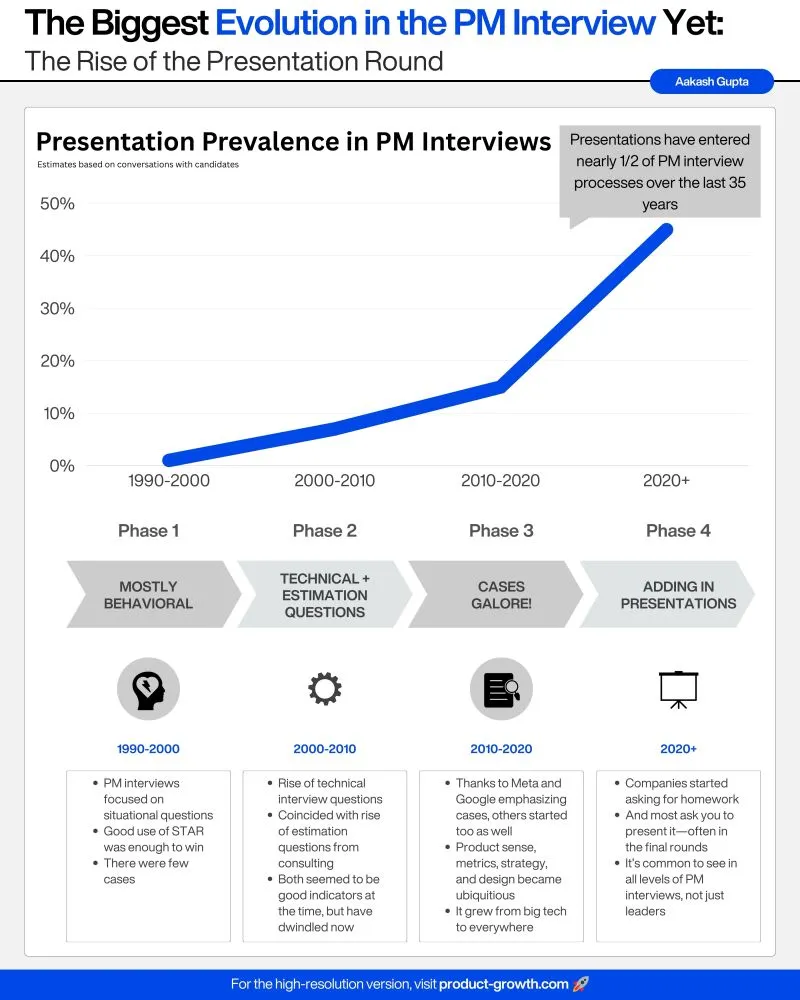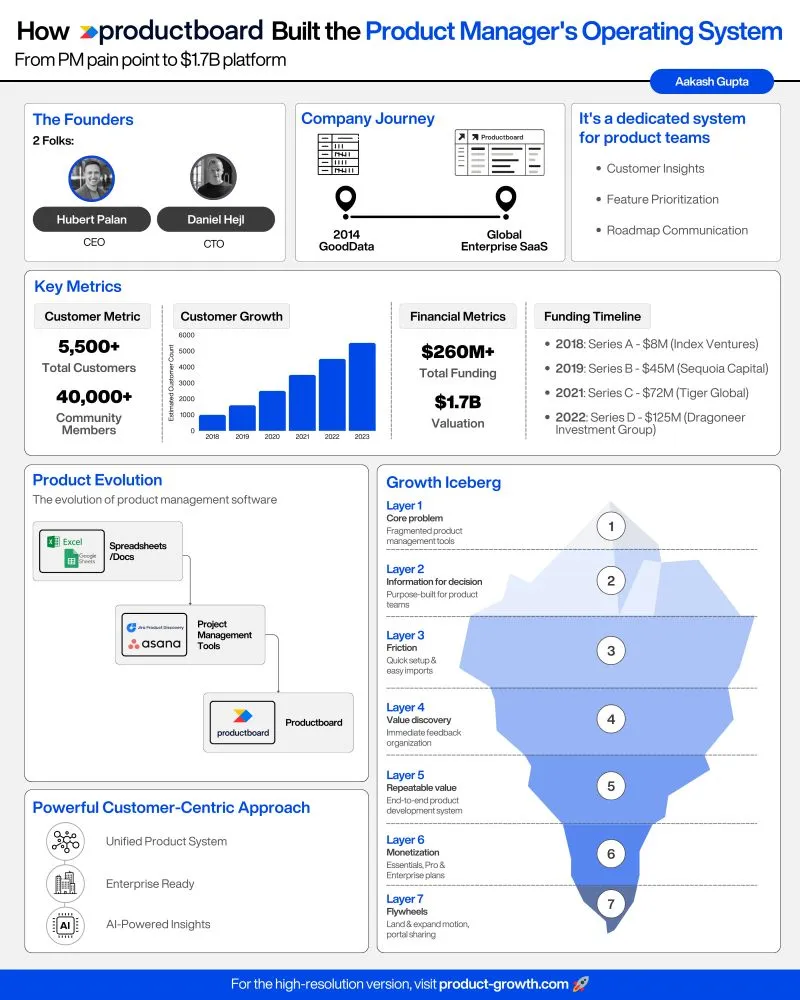
The Role of Checkpoints in Agile Project Management
In the profession of Agile Project Management, checkpoints are an effective tool for ensuring that projects remain on track and aligned with their goals.
The Agile project management framework is known for its flexibility and adaptability, often emphasizing the importance of regular assessment and adjustment.
Checkpoints, or the predefined stages of evaluation within a project’s lifecycle, are instrumental in facilitating this process.

A typically example of the Agile project lifecycle. Checkpoints can be used within each phase, or at more appropriate times that you need.
Understanding Checkpoints in Agile Frameworks
Checkpoints in Agile projects are not arbitrary markers; they are thoughtfully integrated into the project’s progression to provide timely insights and direction.
Checkpoints can take various forms, such as sprints in Scrum or iterations in other Agile frameworks, such as Extreme Programming (XP) or the Scaled Agile Framework (SAFe).
Each checkpoint serves as an opportunity for the project team to gather and assess the work completed, address any issues, and plan for the next phase of development.
The Benefits of Implementing Checkpoints
The implementation of checkpoints within an Agile project offers several advantages:
- Enhanced Visibility: Checkpoints provide transparency into the project’s progress, allowing stakeholders to see tangible outcomes at regular intervals.
- Improved Risk Management: By regularly evaluating progress, teams can identify potential risks early and take proactive measures to mitigate them.
- Increased Adaptability: Agile projects thrive on the ability to pivot quickly in response to changing requirements or market conditions.
- Checkpoints facilitate this by allowing for frequent reassessments and course corrections.
- Better Quality Control: Regular reviews of deliverables ensure that quality is maintained throughout the project’s duration, rather than being a retrospective consideration.
- Stakeholder Engagement: Checkpoints create structured opportunities for stakeholder feedback, ensuring that the project remains aligned with business objectives and user needs.
Challenges and Considerations
While checkpoints are wonderfully effective, they do come with challenges that need careful management.
Checkpoints are not box-ticking exercises. Instead, focus on the evaluation of progress and outcomes.
Ensure that checkpoints do not become bureaucratic hurdles that slow down the project’s momentum.
Conclusion
Checkpoints are a cornerstone of successful Agile practices. When checkpoints are implemented effectively, they can transform your project management process for the better, by fostering a culture of continuous improvement and collaboration.
As Agile project management continue to evolve, the strategic use of checkpoints will remain a key factor in successful project delivery.
For Agile project managers, embracing checkpoints means committing to a mindset of ongoing evaluation and readiness to adapt. It’s this commitment that leads to the delivery of value-driven, high-quality products that meet and exceed stakeholder expectations.
Agile checkpoints empower teams to navigate the complexities of project management with confidence and agility.










Comments ...
No Comments Yet ...Add One